2014 Jeep Cherokee Review
If you’re old enough to drive, you’re old enough to remember the Jeep Cherokee, a boxy off-roader that helped usher in the SUV craze in the late 1980s.
FAST FACTS
| 1. Two engines are offered: a 2.4L 4-cylinder with 184 hp and 171 lb-ft of torque and a new 3.2L V6 making 271 hp and 239 lb-ft of torque. |
| 2. Both engines come paired to an industry-first 9-speed automatic transmission. |
| 3. Fuel economy ranges from of 22/31 MPG (city/highway) to 19/27 MPG. |
| 4. All models are equipped to tow 2,000 lbs with a max rating of 4,500 lbs. |
| 5. Pricing starts at $23,990. |
Despite its cramped cabin and agricultural attitude, the old Cherokee won our hearts with incredible ability off-road and surprisingly good handling on-road. Jeep replaced the Cherokee with the Liberty in 2002, but now the Cherokee is back — and it’s aiming to do its ’80s-era namesake proud.
CONTROVERSIAL LOOKS
The new Cherokee’s front-end styling has been the subject of controversy; as we’ve said before, it looks much better in person, where one can appreciate the 3-D effect of the jutting seven-slot grille. Ironically, Jeep’s stylists seem to have been so exhausted from designing the front that they forgot about the back — it’s easy to mistake the Cherokee’s rump for that of a Kia Sportage.
The entry-level Cherokee Sport is the most austere, with blacked-out window trim and plastic wheel covers. The Latitude adds roof rails, alloy wheels and extra brightwork, while the top-of-the-line Limited model gets even more adornment. Coolest of all is the Trailhawk, its black bumpers punctuated by bright red tow hooks (which can support 150% of the Cherokee’s weight), plus knobbly tires, underbody skid plates and a matte-black hood panel, which compliments the dechromed grille.
LUXURIOUS, FUNCTIONAL
Inside, all Cherokees feature a soft-touch padded dash smartly detailed with high-quality trim bits. Knobs and dials work with precision, except for the four-wheel-drive control knob, which feels stiff and clunky.
A clearly-marked speedometer and tachometer flank a user-configurable display; lesser trims get a monochrome screen while nicer Cherokees get a 7-inch color display. Our one issue with the design is the contrasting-color stitching atop the dash, which reflects in the windshield and puts a double-dotted line right in the line of sight.
The Cherokee’s interior is awash in storage cubbies and we were pleased to find audio and power ports on the center stack as well as inside the center console. All Cherokees get Chrysler’s Uconnect touch-screen interface for the stereo, Bluetooth and (optional) navigation system; Sport and Latitude models get a 5-inch screen, while a big 8.4-inch display is optional on Latitude, standard on Limited and Trailhawk. Uconnect is one of the more intuitive infotainment systems on the market and we were able to use stereo, phone and nav with minimal attention and effort.
SPACE AND SAFETY
We found the Cherokee’s thickly-bolstered front seats to be particularly comfortable and supportive. While the Cherokee feels wider from the inside than it looks on the outside, all-round visibility is very good, supplemented by big side-view mirrors. The comfortable back seat offers good leg- and head-room, but cargo capacity trails the competition at 24.6 cubic feet — though you can slide the back seats forward up to six inches to add another four-and-a-half cubes, or fold them flat for 54.9. The front passenger seat folds as well, perfect for trips to Home Depot or Surf City.
Ten airbags are concealed beneath the Cherokee’s interior trim, and before those come into play, there are plenty of accident-avoidance options: Blind-spot warning, lane-departure warning, and active cruise control with a collision-warning system (which worked excellently when a slow-moving pickup truck suddenly changed lanes into our path). The Cherokee offers a self-parking system that handles both parallel and perpendicular (stall) parking: Press a button and the Cherokee finds a spot, then steers itself into place while the driver works the brakes and the shifter. (The on-screen display shows the Cherokee parking between two old-time military Jeeps. Cute.)
NEW V6, INDUSTRY-FIRST 9-SPEED
The Cherokee offers two engines: A 2.4 liter four-cylinder producing 184 horsepower and 171 lb-ft of torque and a 3.2 liter V6 that puts out 271 hp and 239 lb-ft. Both are mated to a new nine (!!) speed automatic transmission. The extra gears are supposed to improve both acceleration and fuel economy; the Cherokee’s EPA ratings range from 22 MPG city and 31 MPG highway in four-cylinder front-wheel-drive configuration down to 19/27 MPG for the V6 4×4.
In real-world driving, the Cherokee is hobbled by its two-ton curb weight. Acceleration from the four-cylinder is tepid, and the nine-speed transmission has to do a lot of shifting to keep up the pace. Likewise, the V6-powered Cherokee isn’t the rocket ship we were hoping for, though at least it allows for confident passing on two-lane roads.
Both engines are noisy, but the four-cylinder’s constant drone is particularly annoying. As for fuel economy, we averaged 19.3 MPG in a four-cylinder 4×4 and 18.9 MPG in a V6 4×4. Even taking into account the big hills and fast curvy roads on our drive route, we were less than impressed.
COMFORTABLE ON-ROAD, CAPABLE OFF IT
That said, we liked the Cherokee’s suspension. The ride is smooth and steady, floating over big bumps but taking the edge off the sharper ones. It handles curves as well as most CUVs, with minimal body roll and plenty of squeal from the tires before they let go (which happens at fairly sedate speeds). The Trailhawk, with its higher ground clearance and beefy tires, feels a bit more stiff-legged and produces a lot more tire noise, but the off-road benefits are astounding.
The Cherokee is available with three different four-wheel-drive systems. Active Drive I is your run-of-the-mill system, which automatically sends power to the rear wheels when the front ones slip. It offers Snow, Mud/Sand and Sport modes, the latter delivering more power to the rear axle for a sportier on-road feel. Active Drive II adds a low gear range, (which provides more power at low speeds for off-road driving), a rarity in crossovers, as well as hill descent control, which brakes individual wheels to provide slow, steady descents.
Exclusive to the Trailhawk is the all-singing, all-dancing Active Drive Lock system. It adds a locking rear differential, rock-crawling mode and Selec-Speed Control, which distributes power and braking to each wheel to maintain a driver-selected speed (between 0.6 and 5.5 MPH) over virtually any type (or angle) of terrain. Jeep had us take a Trailhawk on a pretty severe off-road course, and the results were impressive: It can traverse terrain that would eviscerate the undersides of most crossovers.
PAY TO PLAY
The front-wheel-drive Cherokee Sport starts at $23,990 (including destination), and the top-of-the-line Limited 4×4 runs $30,990. But add in a few options, and the prices skyrocket. We drove a four-cylinder 4×4 Limited that stickered for $35,335 and an (allegedly) mid-line Latitude equipped with a V6, navigation, dual-pane sunroof and the Active Drive II system, which was only $970 less. A Cherokee with all the trimmings will run you over $40,000. That’s a lot of dough by compact CUV standards.
THE VERDICT
The Cherokee is an impressive package that offers a high-lux interior and lots of optional gizmos, while the Jeep name and unique styling up the cool factor. When it comes to off-road ability it leaves its rivals in the dust, but when it comes to value-for-money it’s the Cherokee that get’s left behind.
LOVE IT
- High-quality, high-lux interior
- Smooth, steady ride
- Off-road ability makes it a true Jeep
LEAVE IT
- Noisy engines (especially the 4-cylinder)
- Mediocre fuel economy
- High prices
More by Aaron Gold
















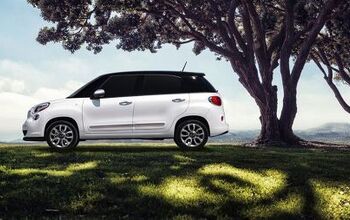
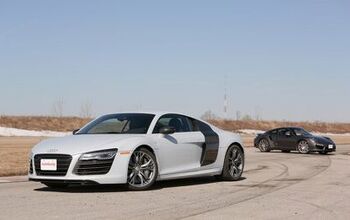

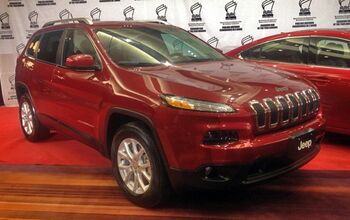

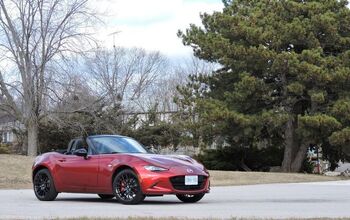

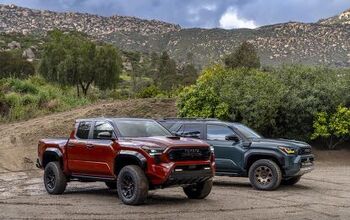
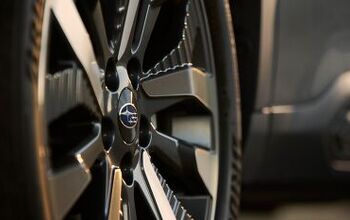





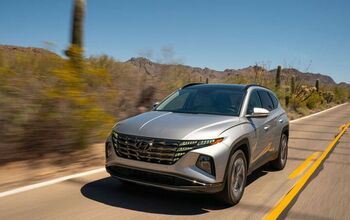
Comments
Join the conversation